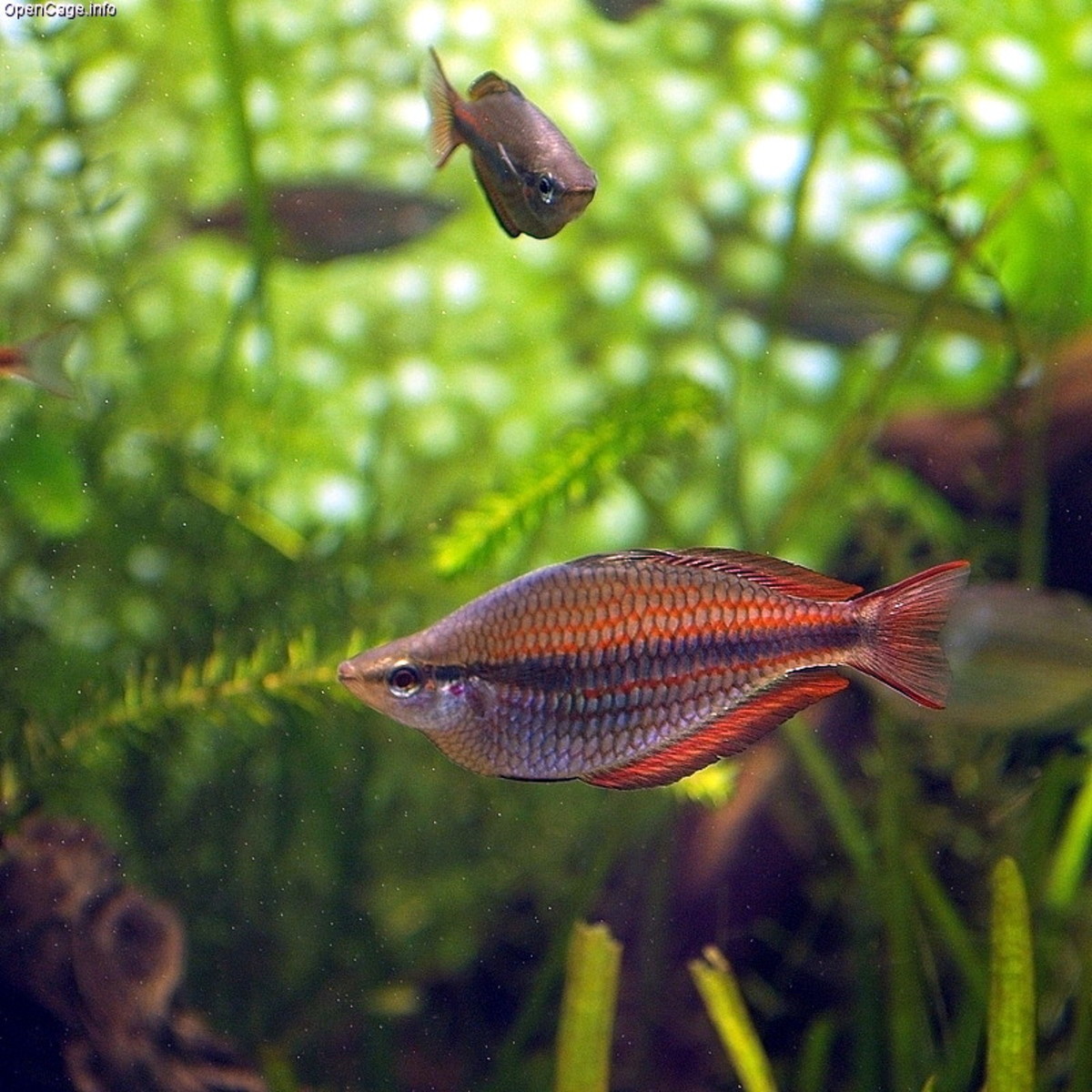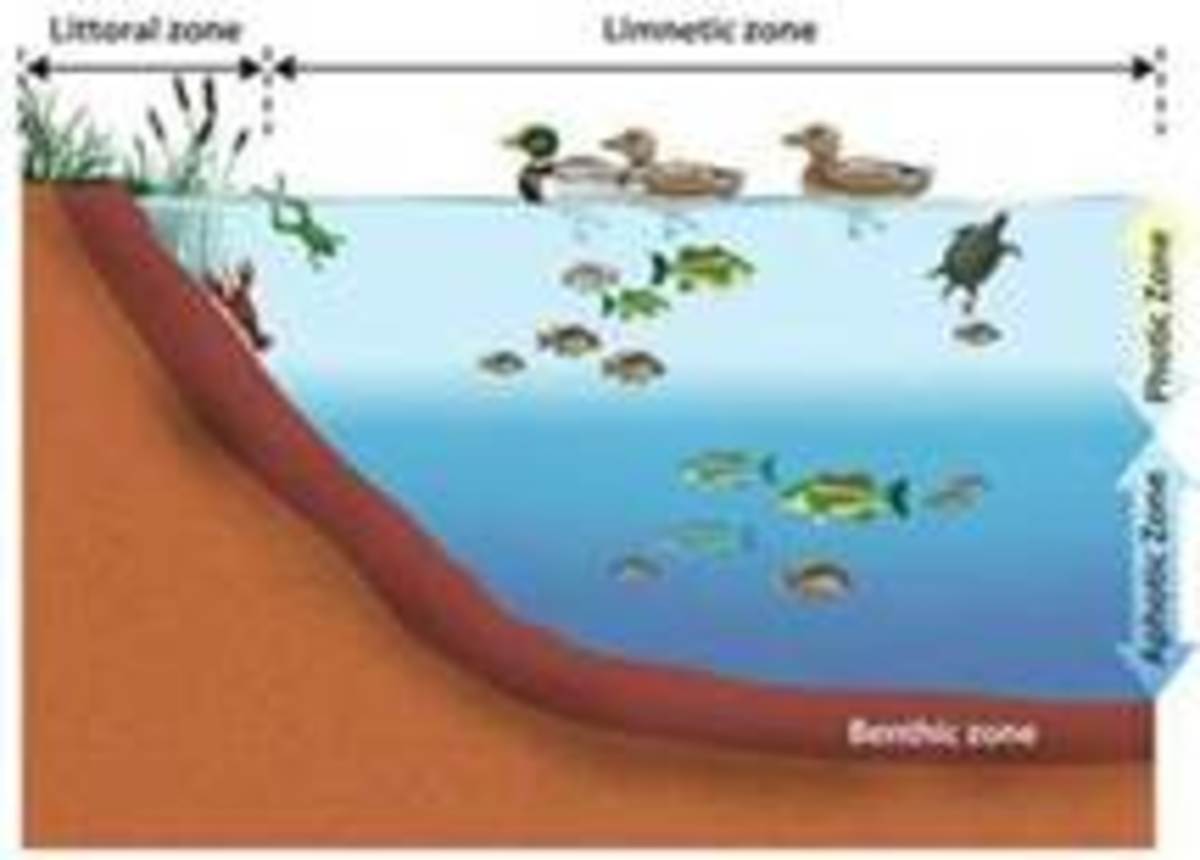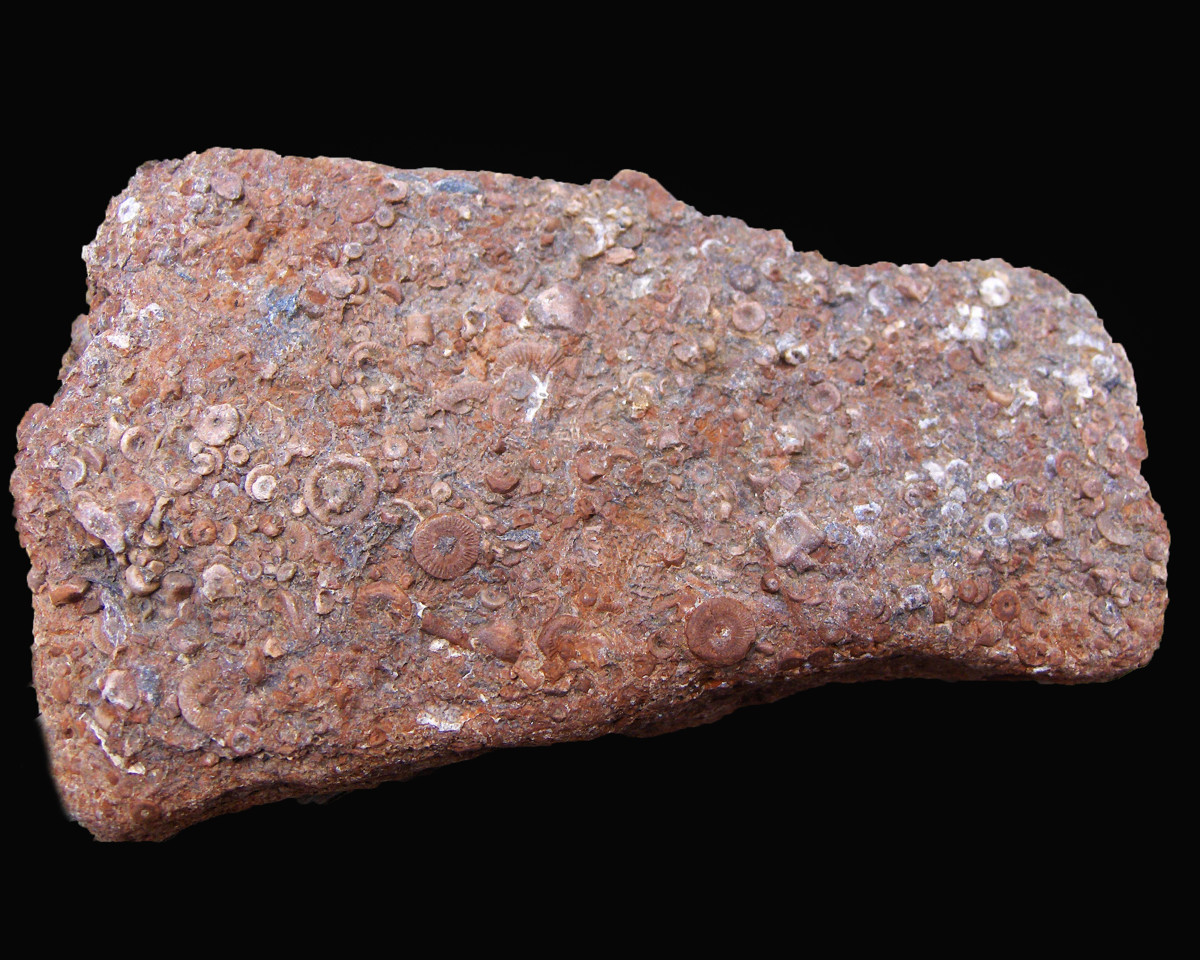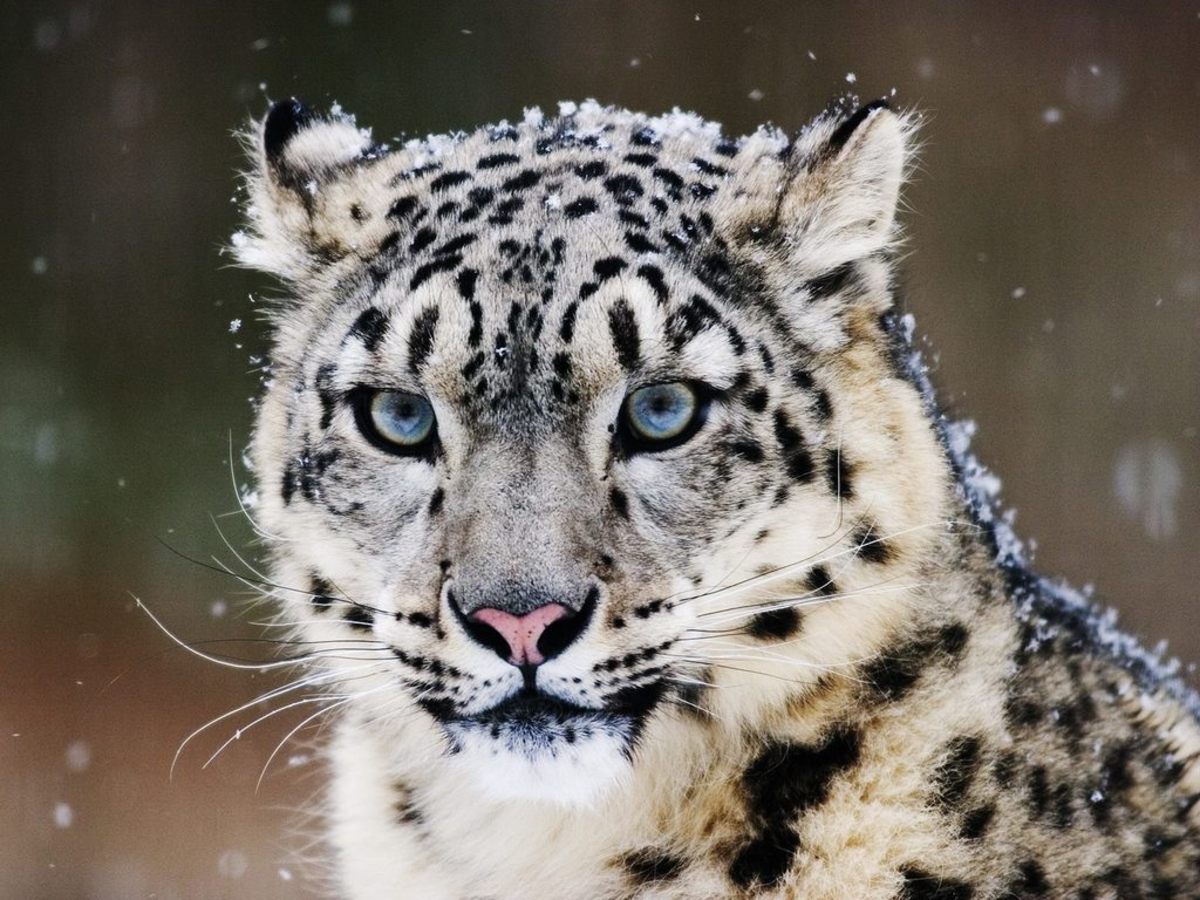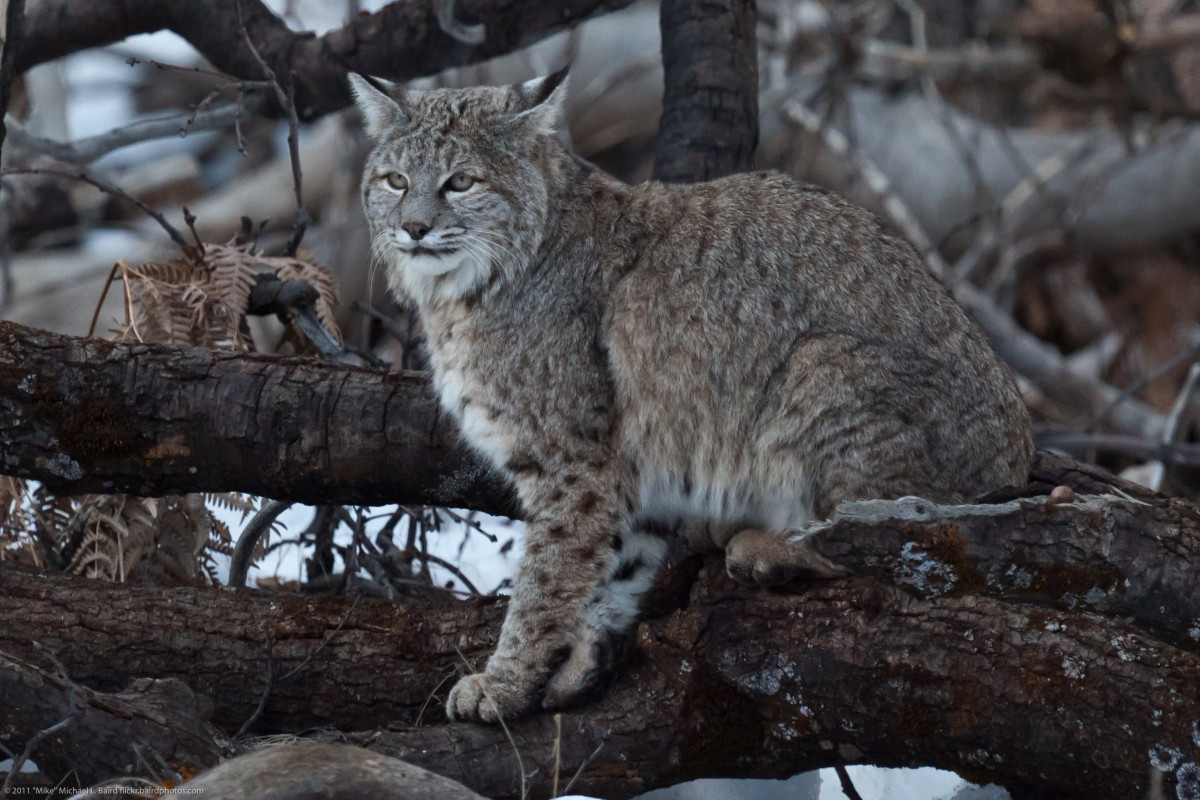What is an Extremophile?
Microbial Life Under Extreme Conditions
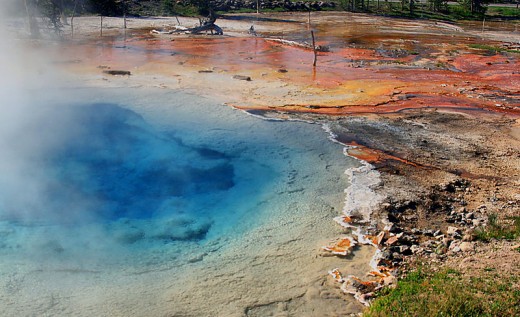
Definition of Extremophiles
An extremophile- lover of extremes, is a microbe that can live in physically or geothermically extreme environments where no other living organisms can live. The conditions on earth where these types of microscopic organisms can live and that would result fatal to other living things, include extreme temperatures (either too cold or too hot), extreme pressures, such as those at the bottom of the ocean, very salty conditions, radioactive, metallic, acid environments and places where there is no oxygen, among others.
Extremophiles are found everywhere, since their discovery some decades ago, they have been found in Antarctica, the Mariana Trench (deepest place in the ocean), hot springs, very acid and salty bodies of water, These microbes have learned to adapt to almost every harsh condition and they have been found in the most inhospitable places in the world. It´s believed that extremophiles could be living in other worlds, such as the moons of other planets in the solar system and beyond.
Most extremophiles are microscopic members of the three domains of life- archaea, bacteria and eukariotes; however, the majority of extremophiles belong to the archaea domain. Archaea have shown to be able to adapt to varied extreme conditions and they have been found to be the most alkaliphilic, acidophilic and halophilic microscopic living things. The archae Methanopyrus Kandleri strain 116 thrives in temperatures of up to 252° F (122° C), which is the most extreme recorded temperature. The Picrophilus torridus has the ability to survive in an environment with a pH of 0.06.
People Having Extremophiles in their Community
How Far do you Live from a Extremophile Habitat?
Habitats of Extremophiles
In the most inhospitable places on earth, microorganisms seem to have found their way to thrive and use the resources there for their own survival. The conditions in which these tiny creatures live would not be suitable for other known living creatures including humans; however, these microbes have adapted very well to the harsh environment.
They prosper in the most extreme locations, including salty, acid and alkaline conditions; some may thrive where in toxic waste and even around radioactive places. Some have been discovered in depths of approximately 7 km inside the earth and 11 km in the deep ocean floor, supporting pressures of more than 110 Mpa; other have been found in frozen water at -20° C and in hydrothermal vents at more than 123° C. It would seem that these microscopic living creatures need these extreme environments for survival.
Classifications of Extremophiles
Acidophile
| live in environments with PH levels 3 and below
| |
|---|---|---|
Alkaliphile
| Live in environements with PH levels 9 and above
| |
Anaerobe
| Doesn´t need oxygen to survive
| |
Cryptoendolith
| Lives in fissures of rocks
| |
Halophile
| Needs high concentrations of salt
| |
Hyper thermophile
| Lives in temperatures that exceed 80° C (176° F)
| |
Hypolith
| Lives under rocks in deserts
| |
Metallotolerant
| Tolerates high levels of dissolved metals in solution
| |
Oligotroph
| Organism that can thrive in environments with low levels of nutrients
| |
Osmophile
| Lives in environments with high sugar concentrations
| |
Piezophile
| Withstands high pressures, such as those in the deep ocean
| |
Psychrophile
| Can survive at temperatures of -15° C (5° F) or below
| |
Radio resistant
| Resist high levels of radiation
| |
Thermophile
| Thrive at temperatures ranginf from 45-122° C (113-252° F)
| |
Thermoacidophile
| Thrives at temperatures between 70-80° C 158-176° F) and PH levels between 1 and 2
| |
Xerophile
| Lives in very dry conditions, such as those found in Atacama desert
|
Polyextremophiles
Extremophiles are classified according to the environmental factors in which they live and their classifications are not exclusive, as some extremophiles might fall into more than one category and termed polyextremophiles. These poly extreme lovers are known to tolerate both high and low pH levels. Many habitats, such as hot springs are acid or alkaline and usually high in metal content; the deep ocean is generally cold and low in nutrient content, the animals living there may also have to be able to cope with the high pressure.
Types of Extremophiles
Acidophiles are organisms that grow in pH levels below 4 with optimal growth at pH 2 or below. Very acidic conditions degrade proteins and hydrolyze cellular components, resulting very dangerous to life. Acidophilic organisms have developed methods that pump protons out of the inside of the cell to keep the cytoplasm pH neutral. Alkaliphiles are microbes that have the capability of surviving in alkaline environments with pH 8-11. Alkaline conditions may damage DNA, inactivate cytosol enzymes and render the plasma membrane unstable. To cope with these problems, alkaliphiles possess a mechanism that maintains cytosolic pH neutral.
Acidophile Habitat
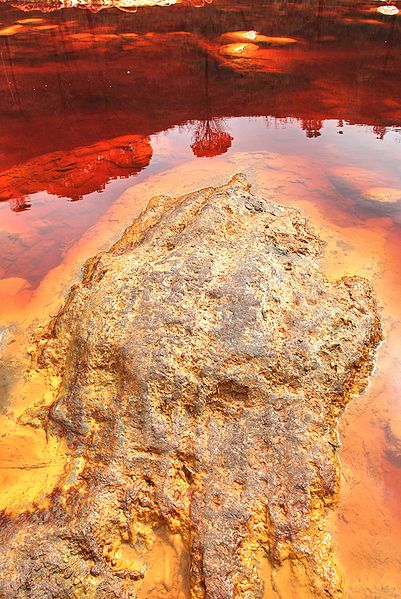
An anaerobe does not require oxygen to grow. Anaerobes can be obligate anaerobes-harmed by the presence of oxygen; aerotolerant- does not use oxygen but can tolerate its presence; facultative anaerobes-can grow without oxygen but can use it if needed. Halophiles prosper in high concentrated salt environments, with higher salinity than the ocean. High salinity disrupts the distribution of charges among macromolecules of DNA and proteins, making them fall out of solution. Halophiles are able to achieve osmotic balance across the cell membrane by osmolites and enzymes that synthesize osmopeotectants.
A lithoautotroph obtains its energy from reduced mineral compounds. They take an active role in geological processes, including the weathering of rocks to form soil. The have been found at 3 km inside the earth´s crust and below. An oligotrophic is an organism that can prosper in environments with poor nutrient levels. They´re usually found in glaciers, polar ice, deep into the earth´s crust, deep oceanic sediments and leached soils, examples of them are lichens and cave-dwelling old.
Osmoliphiles are organisms that are adapted to high sugar concentrations settings. High sugar concentrations are a growth limiting factor for these organisms and they defend themselves from this hazard by synthesizing osmoprotectants. A piezophile can survive at high pressures, such as those in the deep ocean. They are usually found in the deep ocean floor at pressures exceeding 380 atm.
Psychrophiles are capable of reproduction in temperatures between -20° C to 10°C, usually in the Arctic and the deep ocean. These organisms are protected from freezing by induced desiccation and vitrification. At temperatures of -50° C their cells may retain metabolic minimum activity in the extracellular fluid and they become totally active once the temperatures are restored to where they can function normally.
Radio resistant (RR) extremophiles are able to withstand high levels of radiation, such a ultraviolet light. Other types of radiation that these microorganisms can survive at are the alpha and beta emissions of radioactive decay. RR extremophiles have been found in elevated mountain ranges and open areas, such as deserts where ultraviolet radiation is intense. High levels of radiation are known to change DNA and develop cancer.
The way in which these organisms deal with radiation is through their efficient DNA repair mechanisms and their ability to produce metabolic protective products.
Extremophiles in the Arctic
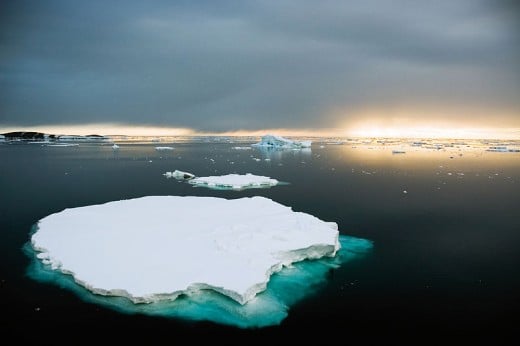
Extremophile Record Holders
Hyperthermophile
| Psychrophile
| Acidophile
| Alkaliphile
| Barophile
| Halophile
|
|---|---|---|---|---|---|
Pyrolobus fumarii
| Planococcus halocryophilus
| Picrophilus oshimae
| Spirulina sp
| MT41
| Halobacterium salinarum
|
Discovered at a black smoker in the Mid-Atlantic Ridge, it is able to live at 113° C
| It was discovered in the permafrost in Canada and can grow at -15° C and metabolically active at -25° C
| It was discovered in a fumarole in Japan; it can tolerate Ph levels of -0.06
| It can tolerate pH levels of 8-9 and a maximum pH of 12
| It was discovered at 11.5 km in the deep ocean, in the Mariana trench growing at pressures between 500-700 atm
| It can tolerate salt concentrations of 15-25% and a maximum of 32%
|
How do Extremophiles Adapt to Harsh Environments?
The great variety of extremophiles possess effective ways of adaptation that allow them to succeed at all kinds of environmental extremes. For example, thermophiles have cell membranes and molecules that permit them to withstand high temperatures, allowing them to neutralize heat. Psychrophiles adjust the fatty acids that compose their cell membranes to keep them elastic and avoid frigidity in cold temperatures.
They produce antifreeze proteins and dehydrate their internal tissues, preventing the formation of ice crystals and some may repair DNA damage in order to survive. Tardigrades-known as water bears, are microscopic eight-legged creatures that can withstand extreme heat and cold, low pressure and exposure to radiation.
Additional information
- Extremophiles are well adapted to their environment and they have been on the earth earlier than other more complex life forms
- For scientists, extremophiles offer a clue to what other life forms might be like on other planets
- Extremophiles" are organisms with the ability to thrive in extreme environments such as hydrothermal vents, at the bottom of the ocean and temperatures above 120° C
- Since they live in “extreme environments” (under high pressures, temperatures, acidity, salinity, etc.), they can tell us under which range of conditions life is possible.
- The unique enzymes used by these organisms, called "extremozymes," enable these organisms to function in such hostile environments.
- Extremophiles and their living conditions are studied for the benefits they offer to genetics and industrial chemicals
- These organisms are considered extreme only from human perspective, as the environment in which they thrive is ideal for them
Works Cited
Thiago Bruce Rodrigues, Amaro EmilianoTrindade Silva. Molecular Diversity of Environmental Prokaryotes.
illustrada
CRC Press
© 2017 Jose Juan Gutierrez

